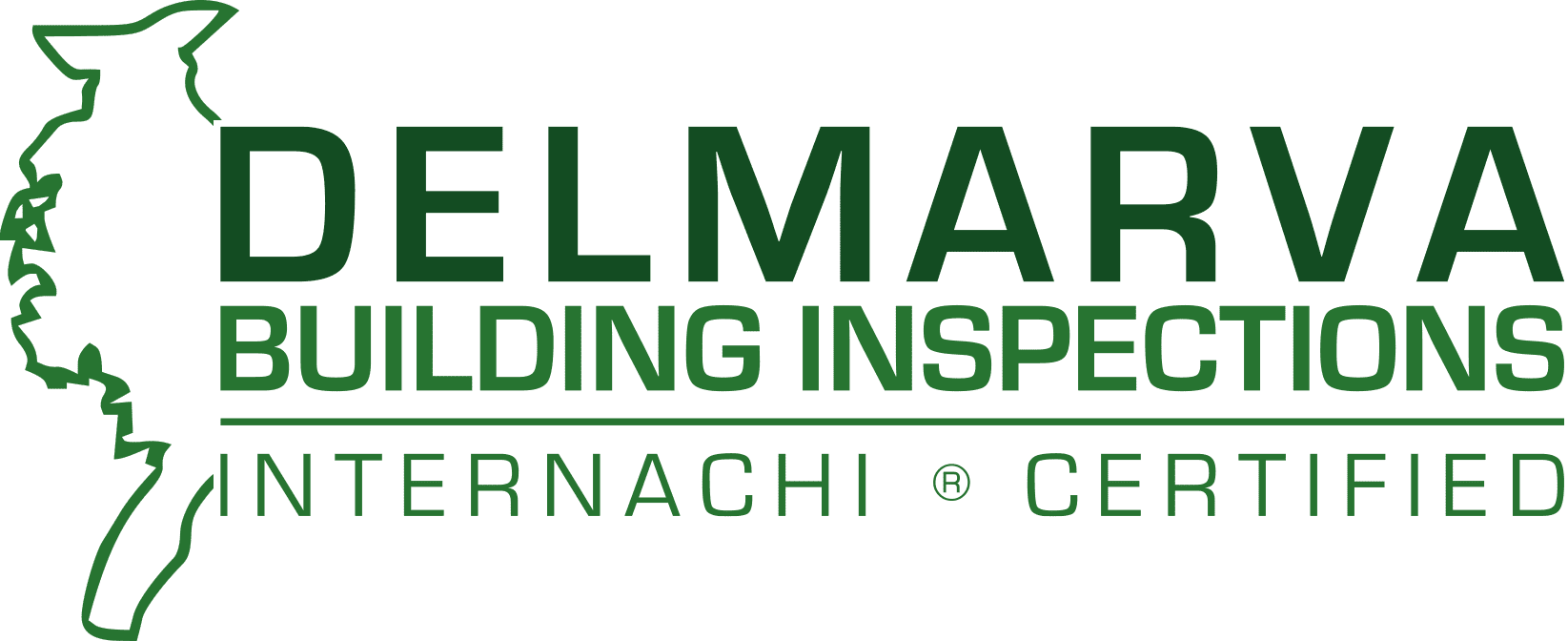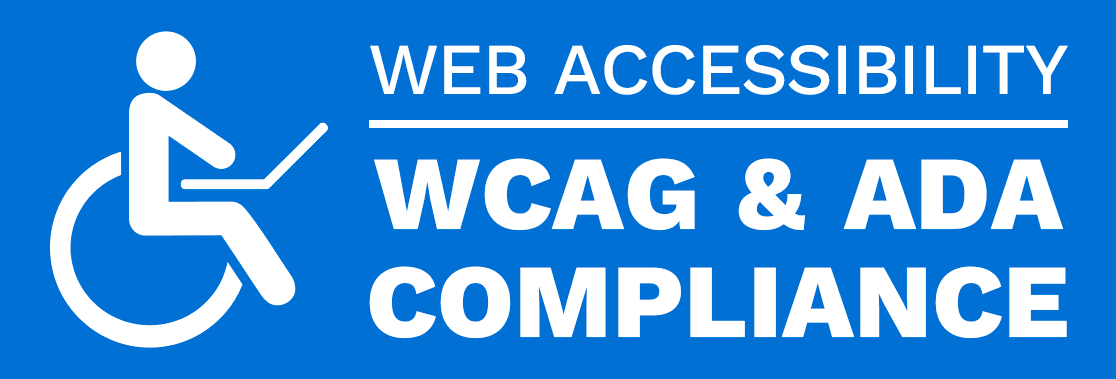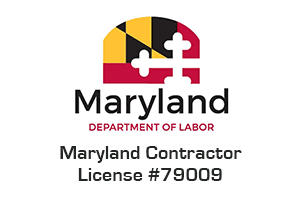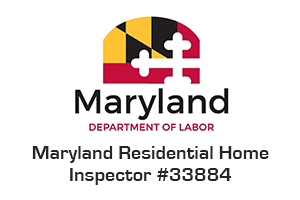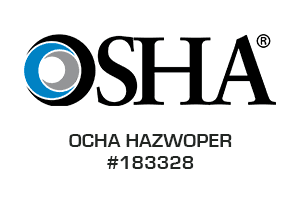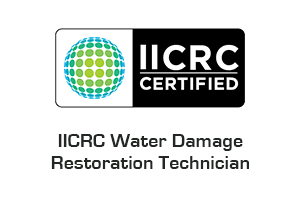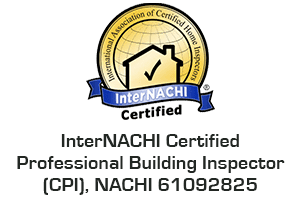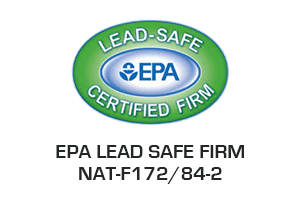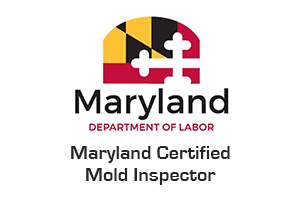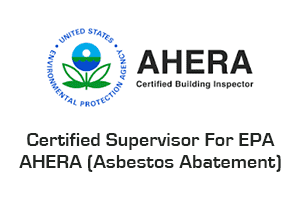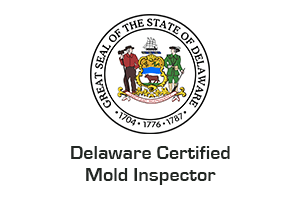A Sewer Line Inspection Can Save You From Replacing It Yourself
Conducting a sewer line inspection before purchasing a building is crucial for several reasons. Here are some of the main reasons:
Identify potential issues:
- A sewer line inspection can reveal potential issues that could cost you a lot of money to repair in the future. These issues include tree root infiltration, cracks, or misaligned pipes that can lead to clogs or blockages. Knowing about these issues before you purchase the building can help you negotiate a better price or avoid a costly investment altogether.
Prevent health hazards:
- A damaged sewer line can create health hazards such as sewage backup, which can cause unpleasant odors and expose you and other occupants to harmful bacteria and other pathogens. A sewer line inspection can help you identify any such hazards and take steps to address them before you occupy the building.
Protect your investment:
- Replacing a damaged sewer line can be a costly and time-consuming process. By conducting an inspection before purchasing the building, you can identify potential issues and factor the cost of repairs or replacements into your budget.
Comply with regulations:
- Some cities and municipalities require sewer line inspections before a property can be sold. Having an inspection conducted before purchasing a building can help you avoid any delays in the purchase process or any fines for non-compliance.
Get A Building Inspection On Your Sewer Line
In summary, conducting a sewer line inspection before purchasing a building can help you identify potential issues, prevent health hazards, protect your investment, and comply with regulations. In addition, it is a small investment that can save you a lot of money and headaches in the long run.
What Type Of Old Sewer Line are You Up Against
Sewer lines installed in the 1960s were much different than those installed today. However, here are some of the most common types of sewer lines from that era:
- Clay: Clay sewer pipes were common in the 1960s. These pipes are durable, long-lasting, and resistant to chemicals and corrosion. However, they can be susceptible to cracking and breakage, especially if subjected to significant ground movement.
- Cast iron: Cast iron sewer pipes were also popular in the 1960s. These pipes are strong and durable but can be prone to corrosion and develop leaks over time. Cast iron pipes can also be heavy and difficult to work with.
- Orangeburg: Orangeburg sewer pipes were made from a type of tar paper and were used extensively in the 1960s. These pipes are lightweight, easy to work with, and relatively inexpensive. However, they are prone to collapse and can get easily damaged by roots or heavy equipment.
- Asbestos Cement: Asbestos cement sewer pipes were another common type of pipe in the 1960s. These pipes are strong, durable, and resistant to chemicals and corrosion. However, they contain asbestos fibers which can pose a health hazard if they become airborne and are inhaled.
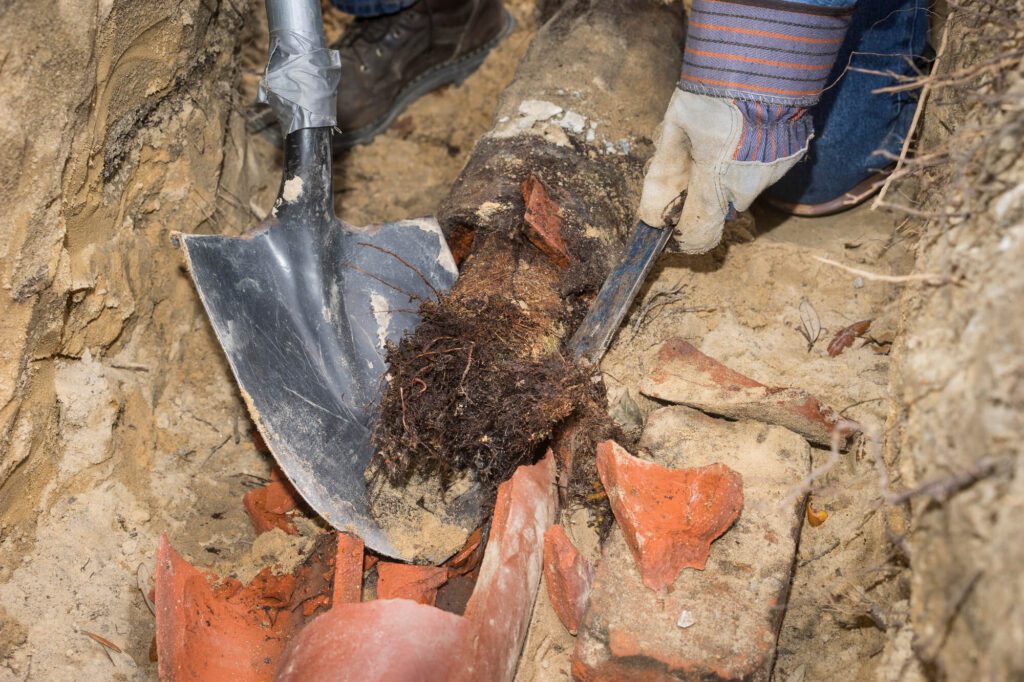
The Durability Of Some Sewer Lines May Vary
It is important to note that some of these materials are no longer used today due to concerns over their safety or durability. Therefore, if you suspect that your building has old sewer lines, it is recommended to have them inspected by a commercially licensed building inspector to ensure that they are safe and in good working condition.
Polyvinyl Chloride (PVC) Is The Most Installed Sewer Line Today
Today’s preferred sewer line used in new construction and repairs is typically made of PVC (Polyvinyl Chloride) or ABS (Acrylonitrile-Butadiene-Styrene). Here’s a little bit more information on each:
PVC sewer pipes are lightweight, durable, and resistant to corrosion and chemicals. They are also relatively easy to install and maintain. As a result, PVC pipes are the most commonly used type of sewer line in modern construction.
ABS Is Another Durable Pipe
ABS sewer pipes are also lightweight and durable, but they are better suited for areas with more acidic soil. When exposed to acid in the soil, ABS pipes are less likely to become brittle over time. So, ABS pipes are commonly used in residential construction.
Both PVC and ABS pipes have a smooth surface on the interior, which helps prevent clogs and blockages from developing. They are also relatively affordable and widely available, making them a cost-effective solution for new construction and repairs.
It’s important to note that local building codes and regulations may dictate the specific types of sewer lines allowed in your area. Therefore, it’s important to check with your local building department or a licensed plumber to determine what types of sewer lines are permitted in your region.
What is The Life Expectancy Of Sewer Lines
The lifespan of a sewer line can vary depending on several factors, such as the materials used, the installation quality, and the maintenance level. However, here are some general guidelines for the lifespan of different types of sewer lines:
- Cast iron: Cast iron sewer pipes can last for up to 50-75 years or more, depending on the installation quality and the maintenance level. However, cast iron pipes are prone to corrosion and may develop leaks over time.
- Clay: Clay sewer pipes are durable and long-lasting, typically up to 100 years or more. However, clay pipes can be prone to cracking and breakage if subjected to significant ground movement.
- Orangeburg: Orangeburg sewer pipes have a relatively short lifespan of 30-50 years. These pipes are prone to collapse and can be easily damaged by roots or heavy equipment.
- PVC/ABS: PVC and ABS sewer pipes are relatively new compared to other pipes and do not have a long-term track record. However, they are generally expected to last for 50-100 years or more, depending on the installation quality and the maintenance level.
However, it’s important to note that these are general guidelines, and the lifespan of a sewer line can vary. Much will depend on the specific conditions of each installation. However, regular maintenance and inspections can help identify potential issues before they become more significant problems.
